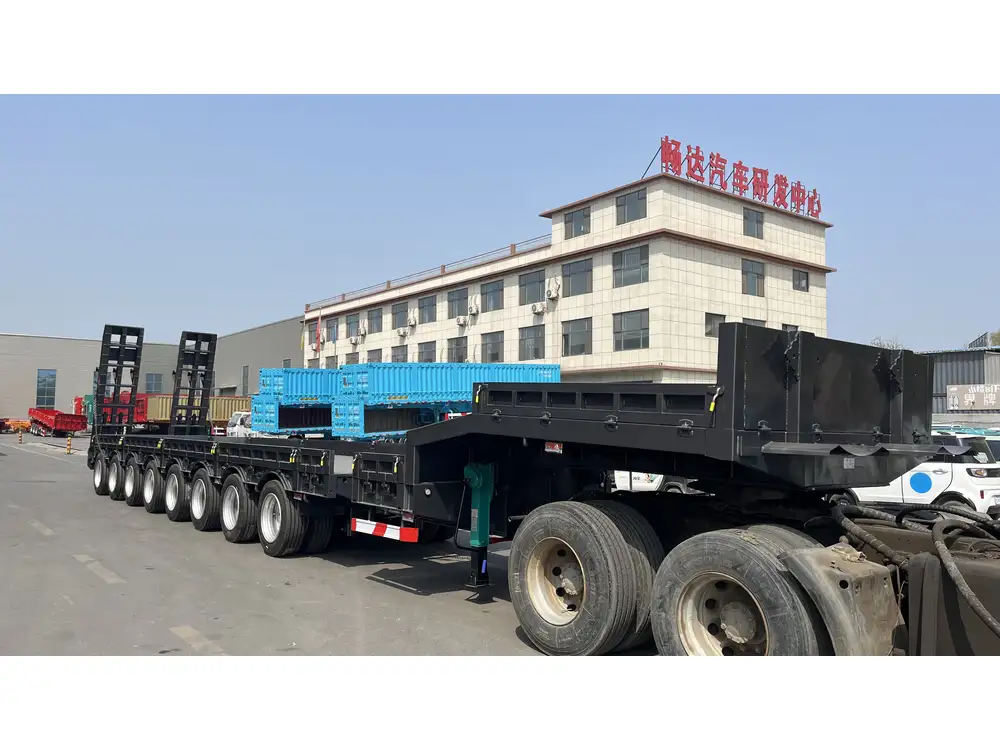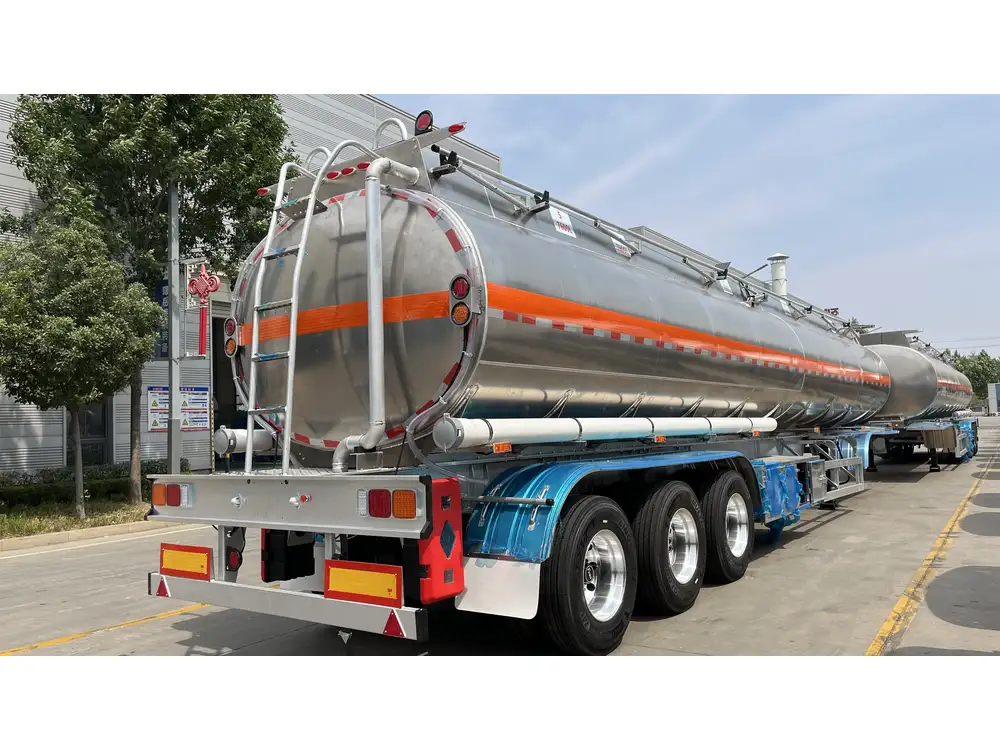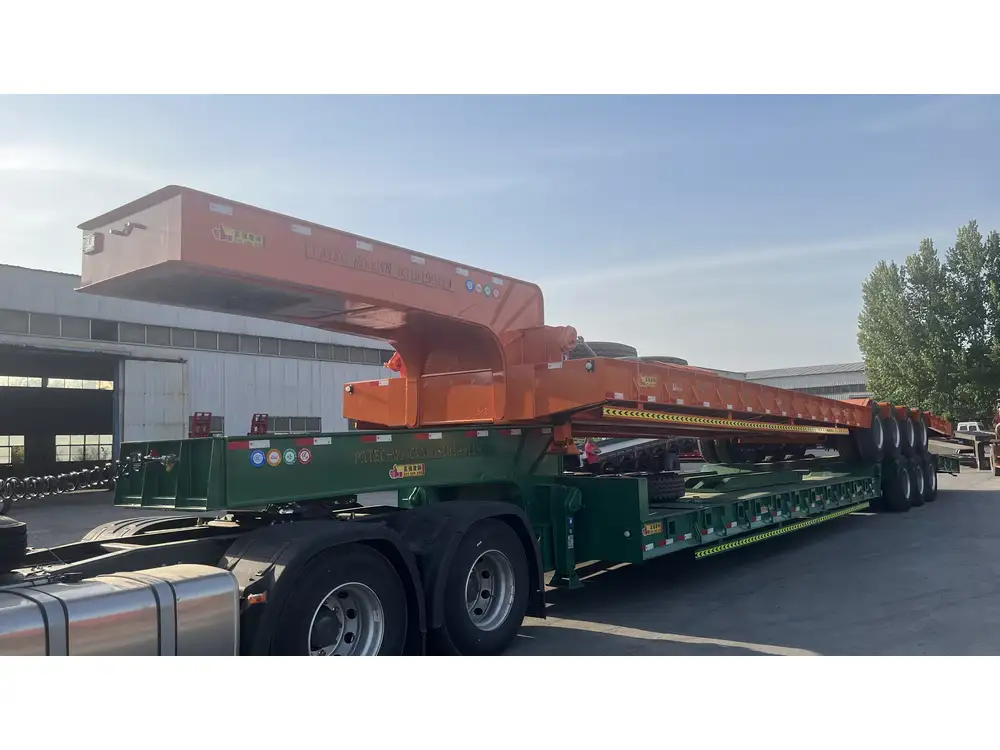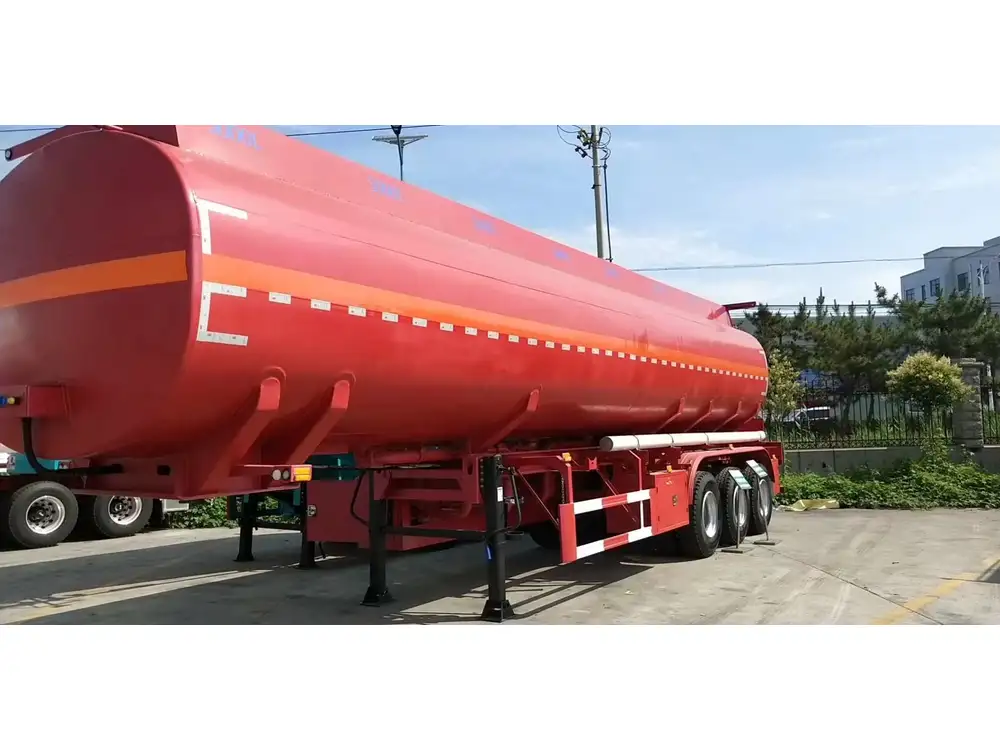In the world of outdoor adventures and road trips, the usage of propane tanks has become increasingly popular for powering grills, heaters, and appliances in trailers and RVs. However, the safety and efficiency of your setup hinge on the proper attachment of the propane tank to your trailer. This guide will break down the essentials of safely securing your propane tank, ensuring a worry-free journey.
Understanding Propane Tank Basics
Types of Propane Tanks
- Forklift Cylinders: Smaller and often used in commercial situations.
- ASME Tanks: Permanently mounted tanks often found in larger setups.
- DOT-Certified Tanks: The most common type for trailers, available in varying sizes, typically ranging from 20 to 40 pounds.

Propane Tank Components
- Safety Valve: Prevents over-pressurization.
- Regulator: Controls the flow of gas from the tank to your appliance.
- Hoses and Fittings: Vital for connecting the tank securely.
Importance of Safety
Ensuring the safe attachment of your propane tank is paramount. Understanding common risks—like leaks, explosions, and improper use—will emphasize the need for adequate precautions.
Step-by-Step Guide to Attaching Your Propane Tank

1. Gather Essential Tools and Materials
Before diving in, ensuring you have everything you need is crucial:
| Tools and Materials | Description |
|---|---|
| Propane Tank | Ensure it’s filled and readily available for use. |
| Tank Bracket or Mount | A robust and reliable way to secure the tank to the trailer. |
| Hoses | Make sure these are rated for propane use; they must be in good condition. |
| Wrenches | Generally, a pair of adjustable wrenches will suffice. |
| Teflon Tape | For ensuring leak-proof connections on threaded fittings. |
| Safety Goggles | Always a good idea when working with pressurized systems. |
2. Choose a Proper Location
- Weight Distribution: Choose a spot towards the front of your trailer for better balance.
- Accessibility: Ensure you can easily access the propane tank for refills.
- Ventilation: Avoid enclosed spaces; a well-ventilated position will minimize risks.
3. Secure the Tank in Place
- Position the propane tank onto the mounting location.
- Use the provided tank bracket to secure it tightly:
- Position the brackets around the tank.
- Tighten the bolts or straps until the tank is stable but not overly compressed.

4. Connect the Regulator
- Attach the regulator to the tank’s valve:
- Use the appropriate wrench to ensure it’s secure.
- Do not overtighten; this can damage the valve.
- Wrap the threads with Teflon tape to prevent any leaks.
5. Connect the Hose
- Attach the hose to the other end of the regulator:
- Ensure that the hose is rated for propane.
- Make sure the connection is tight.
6. Conduct a Leak Test
Use Soapy Water:
- Mix soapy water in a spray bottle.
- Spray all connections, including the tank, regulator, and hose.
- Look for bubbles indicating a leak.
Resolve Any Issues:
- If you see bubbles forming, tighten the connection more or replace any damaged parts.

7. Finalize Setup
- In the trailer, ensure that your appliances are properly connected to the hose.
- Double-check all connections before hitting the road.
Frequently Asked Questions
Can I store propane tanks inside my trailer?
No, storage of propane tanks indoors while the trailer is occupied poses significant risks, including increased potential for leaks in enclosed spaces.

How often should I check my connections?
You should check propane connections before using your trailer each time, especially after connecting a new tank. It is also a good idea to inspect them periodically throughout your travels.
What are the emergency procedures in case of a leak?
- Turn Off the Tank: Immediately close the propane tank valve.
- Ventilate: Open trailer windows and doors.
- Evacuate the Area: Ensure all occupants exit the trailer.
- Contact Professional Help: Seeking assistance from professionals trained in handling hazardous materials is essential.
Maintenance Tips for Your Propane System
- Regularly Inspect Hoses: Look for cracks or stiffness.
- Store Properly: Keep tanks upright and secured.
- Check Expiration: Be aware of the expiration dates on tanks and other components.
- Annual Inspections: Have a professional examine your propane system yearly to ensure safety and compliance.

Benefits of Properly Attaching Your Propane Tank
- Safety: Minimizes the risks associated with leaks or detachment.
- Efficiency: A well-connected tank ensures smooth operation of your appliances without interruptions.
- Peace of Mind: Knowing you’ve set up your propane tank correctly allows for a stress-free adventure.
Conclusion
In conclusion, understanding how to properly attach a propane tank to your trailer may appear daunting at first glance, yet by following the structured steps outlined in this guide, you equip yourself with the tools for a safe and enjoyable outdoor experience. From regular checks to the correct installation of components, taking these steps not only ensures your safety but enhances your overall journey on the open road.
As you embark on your next adventure, keep these insights in mind, and enjoy the freedom that comes with traveling equipped to face any challenge.



